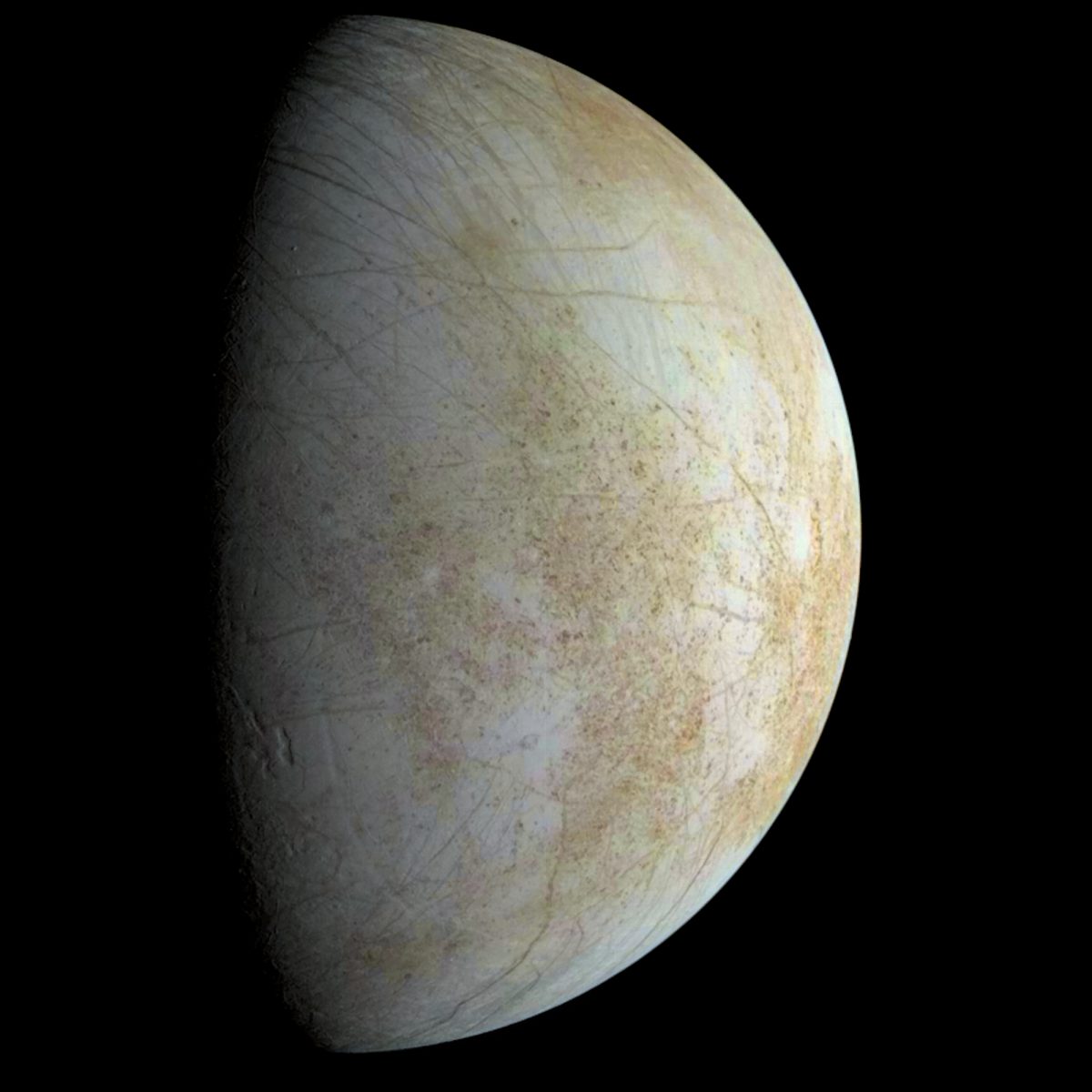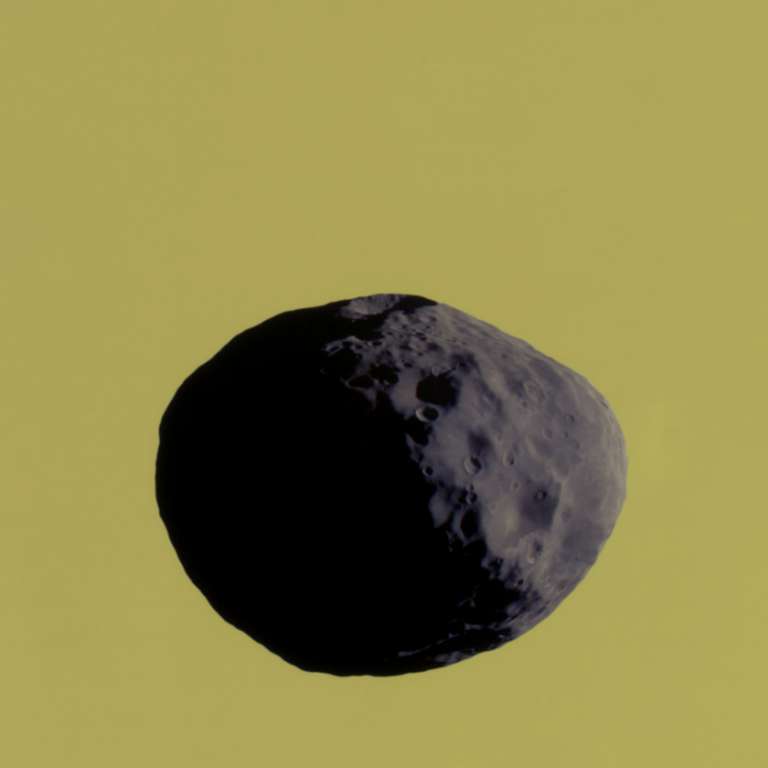All
All
Stories, updates, insights, and original analysis from The Planetary Society.
Pretty picture: Halo on a halo?
An interesting set of images of Titan that Cassini took recently shows a peculiar cap at Titan's south pole.
Steins, a jewel in the asteroid belt
A notice of some new names for features on asteroid 2867 Steins inspired me to dig up the data set from the September 5, 2008 Rosetta flyby and explore it to see what it contained.
Making Pictures based on NASA Imagery
When amateurs process NASA images, can they hold copyright over them? Yes, sometimes. Andrew Rush of IPinspace.com explains the law.
Methone, an egg in Saturn orbit?
Cassini obtained its first high-resolution images of Methone on May 20, 2012. Methone is one of the smallest regular moons of Saturn, having a diameter of only about 3 kilometers. It was the first moon that Cassini discovered, very early in Cassini's mission at Saturn, in 2004.
A stunning view of Mars from Argyre to Thaumasia
Image magician Daniel Machacek has done it again, producing a jaw-dropping view of Mars from Viking Orbiter 1, featuring a frosty Argyre basin and stretching across to a series of faults called Thaumasia Fossae.
In Honor of JUICE, a New View of Europa
To celebrate ESA's selection of the JUICE mission to Jupiter, Ted Stryk produced a new global view of Europa from Galileo data.
Pretty pictures from Cassini's 1 May 2012 Dione flyby
Cassini performed its last of three close encounters with Enceladus for 2012 two days ago, and followed the flyby with some spectacular images of Dione.
How Science Informs Art
A paper conservator at an art museum explains how scientific analysis of artworks using different parts of the electromagnetic spectrum is informing understanding of how the artists worked, and how the appearance of their pantings has changed with time.
Ski Helene?
I enthused about these Helene images the first time they came down from Cassini, and then forgot about them, and then was thrilled anew a couple of weeks ago when Daniel Macháček posted his version, processed from data published by the Cassini imaging team on April 1.
Pretty Pictures: Amazing Asteroid Lutetia
A long-awaited data set is finally public (well, long-awaited by me, at least). The Rosetta team has now published their data from the July 10, 2010 flyby of asteroid (21) Lutetia. This data set is absolutely stunning, and my friends in the amateur image processing community wasted no time in creating art out of it.
Pretty picture: Janus and Saturn
In the last few days as it's rounded periapsis in its current orbit of Saturn, Cassini has taken a lot of great photos of Saturn's moons. One series of photos was taken from pretty close to Janus, a moon about a third the diameter of Enceladus that orbits between the F and G rings. And among those, several were taken with the moon sitting in front of Saturn.
Moon Mappers citizen science project now public, and statistics show it works!
Last week, Pamela Gay of CosmoQuest announced that their Moon Mappers citizen science project is out of its beta phase and ready for prime time. Moon Mappers enlists the help of the public to perform the gargantuan task of mapping the sizes and positions of craters photographed on the Moon by Lunar Reconnaissance Orbiter. Crater counting is the most powerful tool geologists have for figuring out how old planetary surfaces are. But when you have Terabytes of data, it's simply impossible for one scientist to count all the craters
Hey amateurs! ESA's running an image processing contest: "Hubble's Hidden Treasures!"
Here's a newly announced contest that is right up my alley and, I hope, of interest to regular readers of this blog. ESA has just announced
Notes from the Lunar and Planetary Science Conference: Making Cassini's radar images prettier
One of the more exciting talks last week was given by Antoine Lucas about his work with Oded Aharonson
Snapshots From Space Video: Revealing Jupiter's (Mostly) Unseen Treasures
Tens of thousands of Jupiter images were taken by the Voyager spacecraft, but relatively few have been processed to reveal their true beauty and wonder. The latest Snapshots video from Emily Lakdawalla explains why.
Pretty Picture: A snapshot of Voyager 1's departure from Jupiter
In this week's Snapshots from Space video, I talk about the Voyager 1 images of Jupiter -- how many there are (tens of thousands), and what a challenge they represent for image processors. But, I promise, the effort is worth it. Here's just one example: it's a color, crescent view of Jupiter, taken by Voyager 1 as it departed.
Pretty picture: A study in ringlight
Clearly, this is Saturn, and its rings, and if you look closer you can see a tiny circle, on top of the rings, which is Mimas, and two stars in the background. It should look weird to you that while the rings are bright, Mimas is a black dot. What is happening here? Nearly everything in this picture is lit by light that has not arrived directly from the Sun.
Pretty pictures: Voyager 2 at Jupiter
Here are two perfect examples of Voyager 2's amazing untapped treasures.
Snapshots From Space: NASA's Treasure Trove of Unprocessed Images
The second episode of Emily Lakdawalla's new video series reveals the gigantic library of solar system images captured by NASA spacecraft, and explains why we've seen so few of them. Emily says they're all online, waiting for space geeks to turn them into gold.
Pretty picture: A sunset postcard and a special shadow from Opportunity
It took Don Davis many hours of meticulous labor to assemble this beautiful postcard from Mars.


 Explore Worlds
Explore Worlds Find Life
Find Life Defend Earth
Defend Earth


 Sun
Sun Mercury
Mercury Venus
Venus Earth
Earth Mars
Mars Jupiter
Jupiter Saturn
Saturn Uranus
Uranus Neptune
Neptune Small Bodies
Small Bodies















